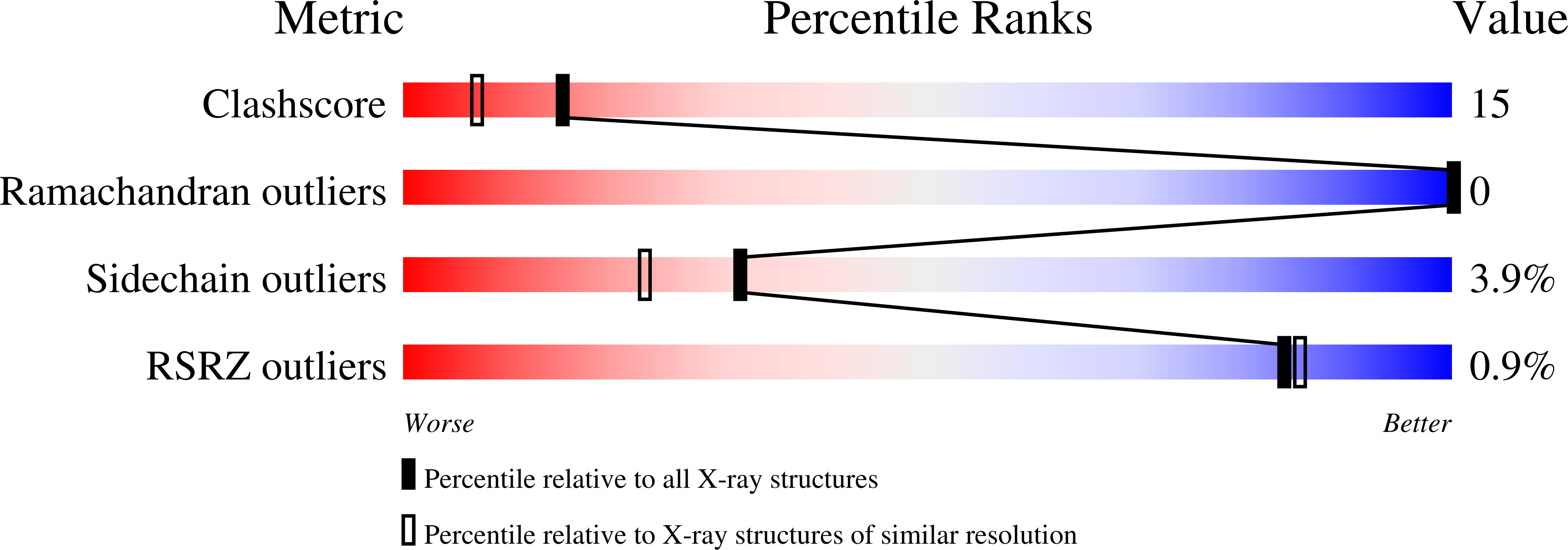Two mutants of human heparin binding protein (CAP37): toward the understanding of the nature of lipid A/LPS and BPTI binding.
Kastrup, J.S., Linde, V., Pedersen, A.K., Stoffer, B., Iversen, L.F., Larsen, I.K., Rasmussen, P.B., Flodgaard, H.J., Bjorn, S.E.(2001) Proteins 42: 442-451
- PubMed: 11170199
- DOI: https://doi.org/10.1002/1097-0134(20010301)42:4<442::aid-prot30>3.0.co;2-s
- Primary Citation of Related Structures:
1FY1, 1FY3 - PubMed Abstract:
Heparin binding protein (HBP) is an inactive serine protease homologue with important implications in host defense during infections and inflammations. Two mutants of human HBP, [R23S,F25E]HBP and [G175Q]HBP, have been produced to investigate structure-function relationships of residues in the putative lipid A/lipopolysaccharide (LPS) binding site and BPTI (bovine pancreatic trypsin inhibitor) binding site. The X-ray structures have been determined at 1.9 A resolution for [G175Q]HBP and at 2.5 A resolution for the [R23S,F25E]HBP mutant, and the structures have been fully refined to R-factors of 18.2 % and 20.7 %, respectively. The G175Q mutation does not alter the overall structure of the protein, but the ability to bind BPTI has been eliminated, and the mutant mediates only a limited stimulation of the LPS-induced cytokine release from human monocytes. The lipid A/LPS binding property of [G175Q]HBP is comparable with that of native HBP. The R23S,F25E mutations do not affect the binding of lipid A/LPS and BPTI or the LPS-induced cytokine release from human monocytes. This shows that two diverse ligands, lipid A/LPS and BPTI, do not share binding sites. Previously, there was convincing evidence for the proposed lipid A/LPS binding site of HBP. Unexpectedly, the extensive structural changes introduced by mutation of Arg23 and Phe25 do not affect the binding of lipid A/LPS, indicating that another not yet identified site on HBP is involved in the binding of lipid A/LPS.
Organizational Affiliation:
Department of Medicinal Chemistry, Royal Danish School of Pharmacy, Copenhagen, Denmark. kastrup@medchem.dfh.dk


















